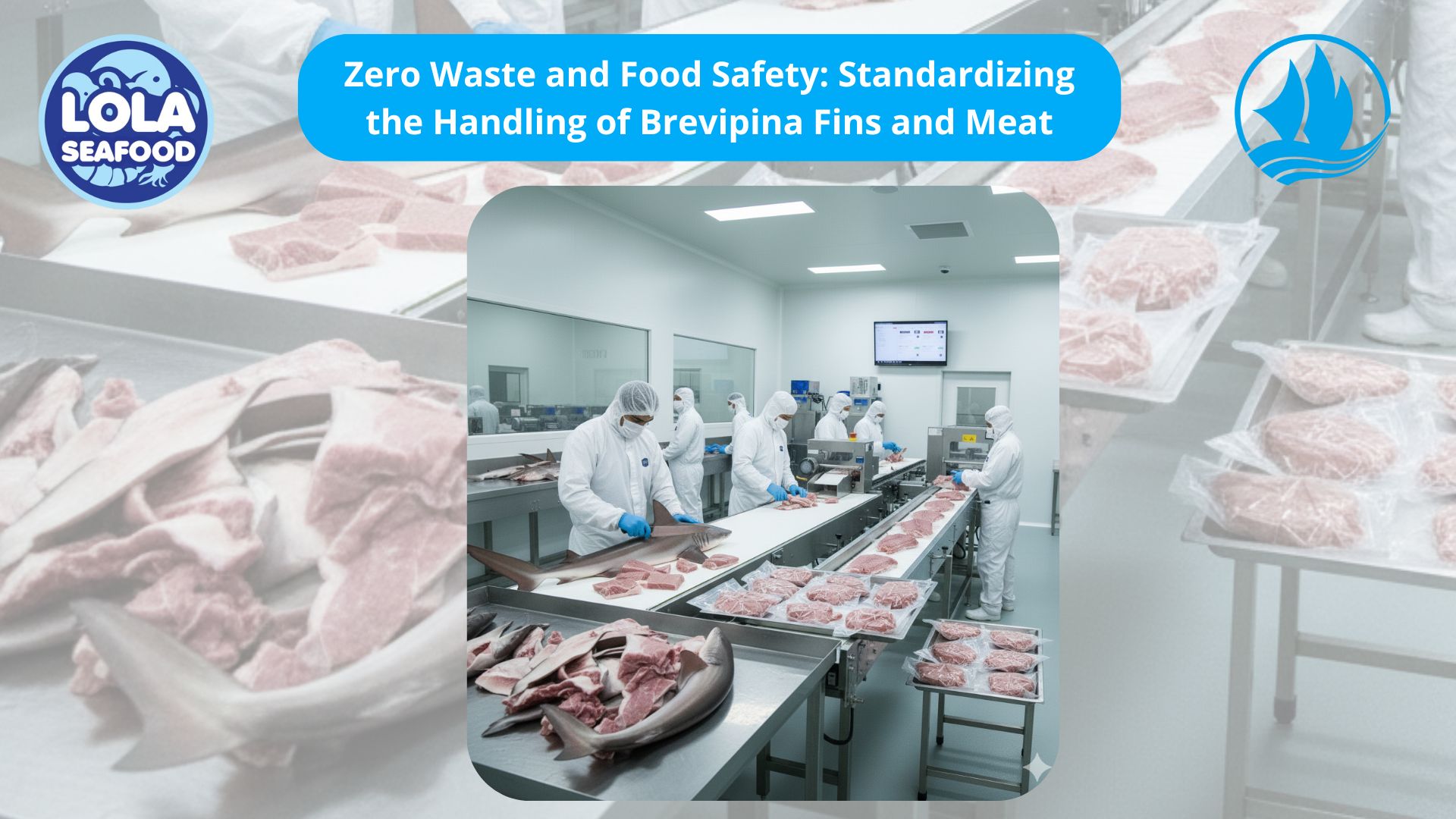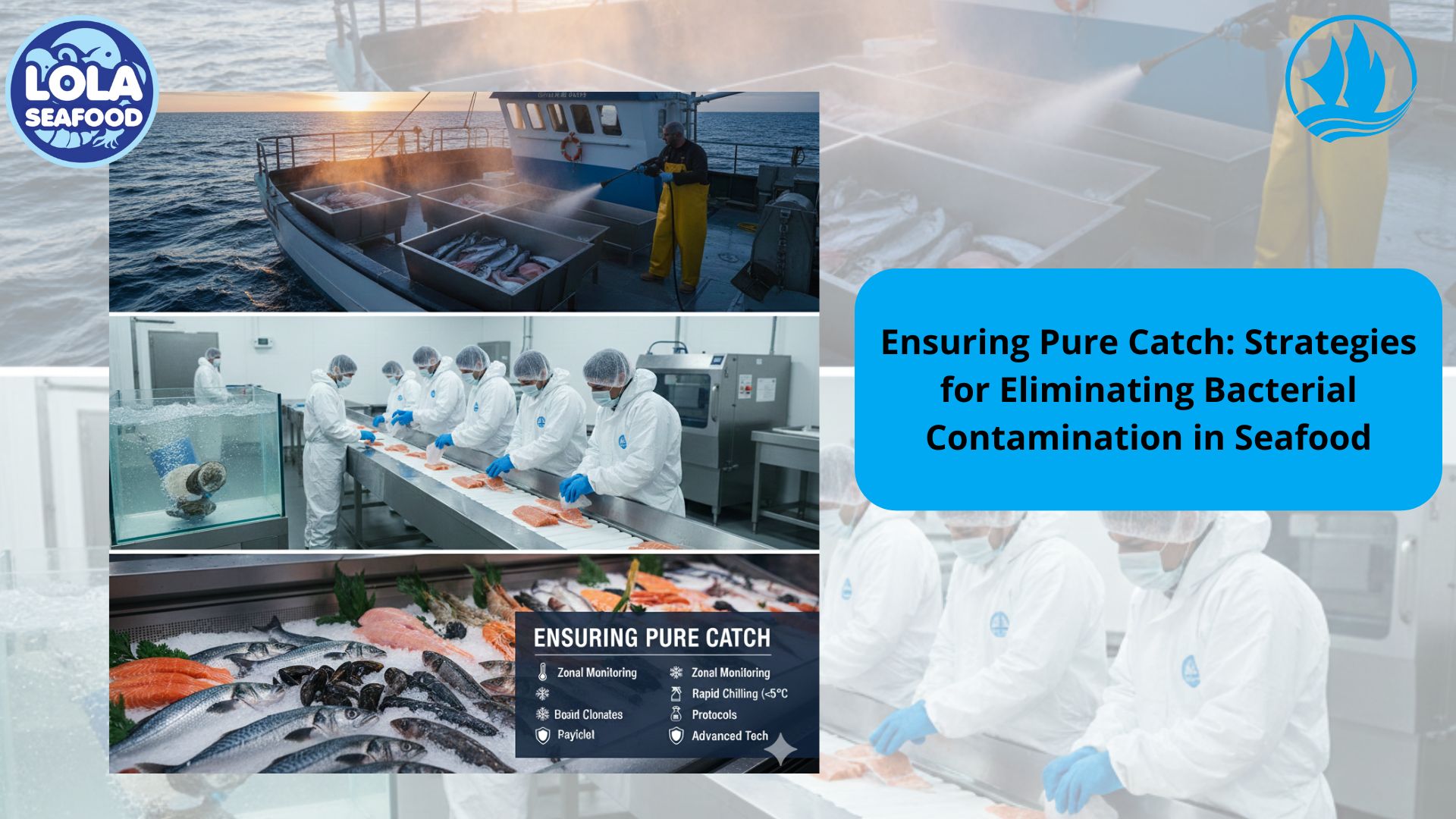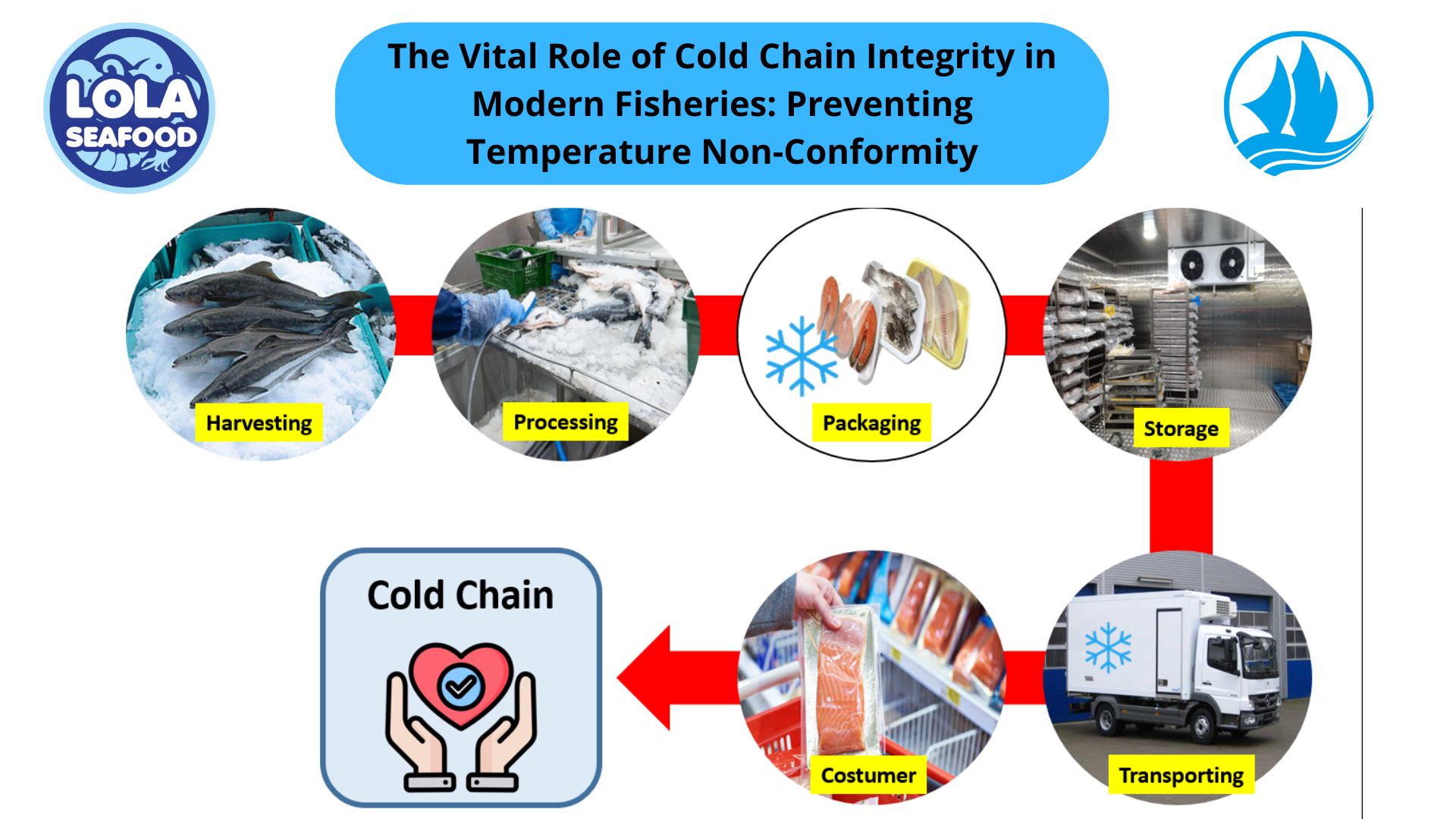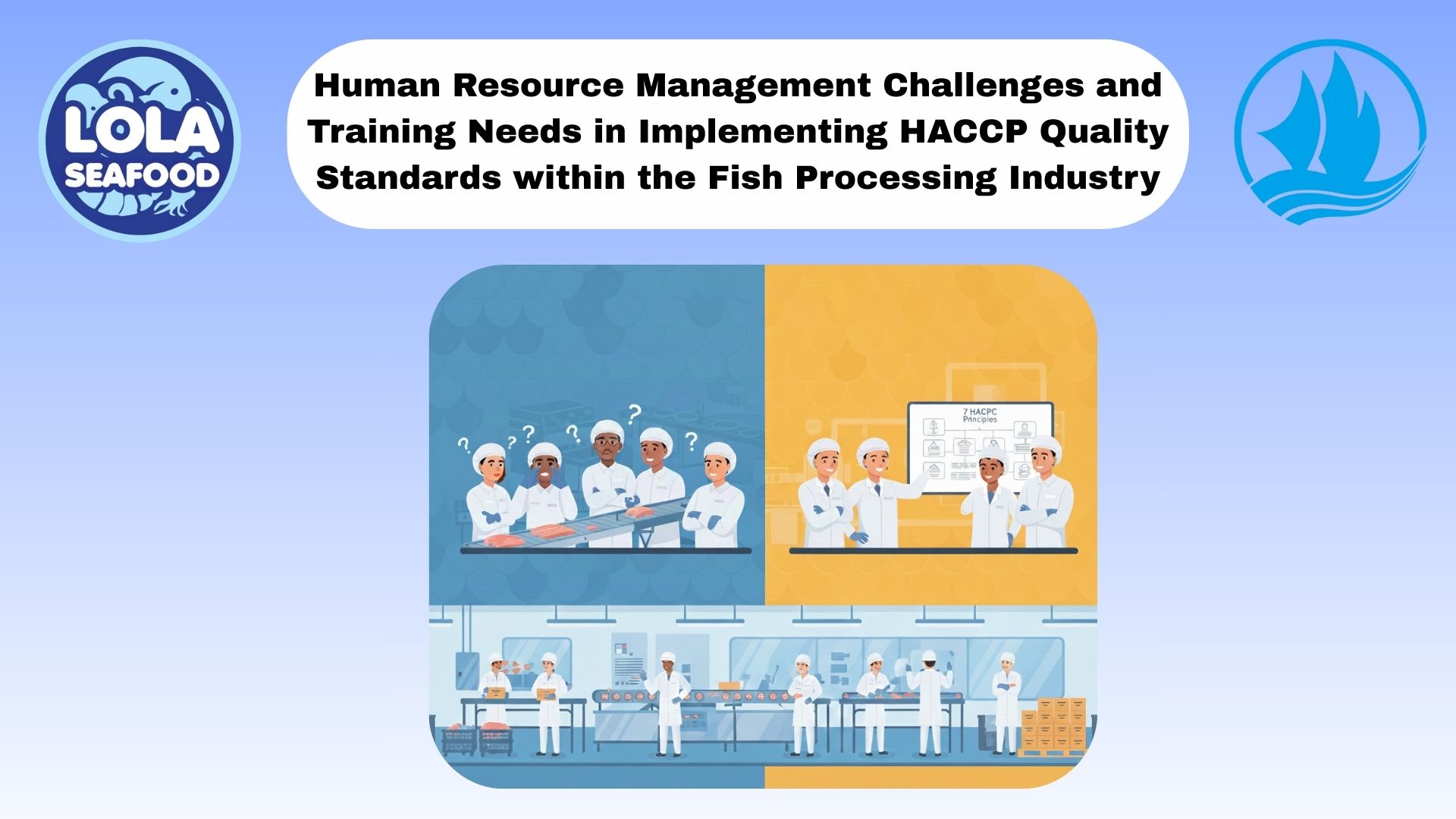HIGH DEMAND FOR TUNA
By. Najih - 13 Jun 2024.jpg)
Tuna is one of Indonesia's main export commodities. Commercial tuna fisheries represent a significant part of the blue economy, with seven species—yellowfin, skipjack, bigeye, albacore, and Atlantic, Pacific, and southern bluefin—among the most valuable fishes on the planet. Its meat contains high protein and can be processed into a variety of commercial food products. In the processing of high-quality sashimi, loin, fillet, steak, flaked meat is produced which can be used for processing commercial products.
Tuna steaks might have become more popular on menus since the later years of the 20th century but the fish has been highly prized since ancient times. Low in calories but packed with minerals and nutrients, tuna is a powerhouse of essential nutrients and omega-3 fatty acids – full of good fat and protein. One of the most important vitamins is niacin, which plays a role in nerve functioning and blood circulation, as well as helping the body create energy, while omega-3 fatty acids boost heart health, potassium lowers blood pressure and a wealth of minerals improve the immune system.
Since the beginning of 2023 frozen tuna prices for canning are high at levels not seen in the recent years. As of July 2023, the delivery price of frozen skipjack from Central and Western Pacific to Thailand was at a 5-year high at USD 2 030 per tonne. Prices of pre-cooked skipjack loins also reached high levels at USD 6 670 and USD 8 800 per tonne. At these price levels, tuna canners worldwide remained cautious, limiting imports of raw material.
In Indonesia, the zero percent export tariff applies to four tuna’s HS codes, namely canned tuna and canned skipjack tuna exports. Japanese authorities have also previously eliminated tariffs on canned tuna from the Philippines, Thailand, and Vietnam. One way to support better tuna’s population management is to improve our understanding of tunas’ importance to the global economy and marine ecosystems. Although it is difficult to put a monetary value on the role that tunas play in the marine environment, their benefits to fishers and the fishing industry can be estimated by looking at data on the catch and sale of tuna products around the world.

Optimizing Wild-Caught Fish Logistics: Maintaining Thermal Core Integrity During Long-Haul Transport
.jpg)



.jpg)

 and Employee Productivity on the Demersal Fish Processing Floor.jpg)
